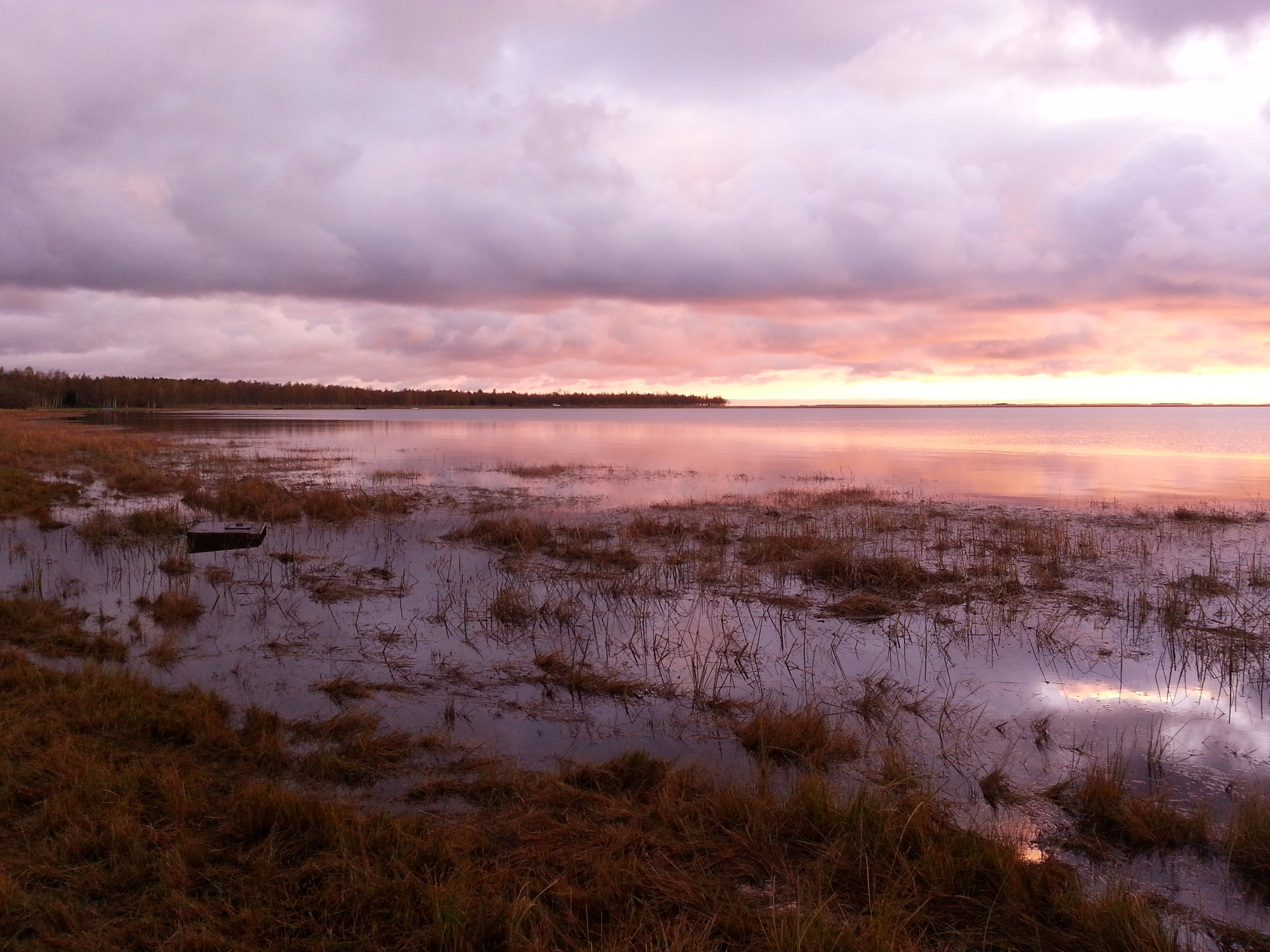Like people, animals like having a drink every now and again. Of course, they aren't sipping a glass of brandy or Chablis, they are feeding on fermented fruit, but the effects are the same. While alcohol is rich in sugars, being drunk presents a serious risk to wild animals and they avoid drinking to excess. Then there is the oriental hornet, a bug that loves fermented fruits and is so attracted to human-made alcoholic beverages that it will fight for them. Everyone has assumed that the rules for the hornet were the same as they are for every other species. Now new work is proving that notion wrong. They are immune to becoming drunk. Your can read more in The Economist article that I wrote on this here.
Continental division
Anyone with a map can see that Asia and Europe are connected. They are often called Eurasia for that reason. The divide is pretty arbitrary, more culturally than scientifically defined. So, is it fair to say that there are actually only six continents? It turns out that this is just the first slippery step on a well-oiled slope. What about North America and Asia? They are connected by the Bering Sea Shelf, once dry land crossed by humans and flooded only in the geologically recent past. Technically speaking, that makes Asia, North America and Europe all one continent. Does that mean there are only five? This is an incredibly complex question that geologists are grappling with. Read on in The New York Times article that I wrote on this here.
Faecal finance
The notion that the services provided by bugs have a dollar value associated with them is not entirely new, but it has not been much applied to bugs other than pollinators like bees. While the removal of faeces from fields might not have quite the same appeal as pollinating the flowers of fruit trees, it is just as important. Now new work is revealing precisely how important it is by calculating the monetary value of the humble dung beetle. Aside from making fields better for cattle to graze, they also carry valuable anti-fungal chemicals in their saliva that we have only just started to learn about. Read on in The Economist article that I wrote on this here.
Saving your morning coffee
The coffee industry worldwide is concerned about the susceptibility of its crops to climate change for good reason. Coffee plants in general are very sensitive to heat and arabica coffee plants, which produce the beans for pretty much every cup of coffee sold in cafes, are particularly so. Minor changes in temperature, water supply and humidity have the potential to generate huge losses. To make matters worse, coffee diseases are expected to flourish as temperatures climb. Indeed, new work reveals that between 35% and 75% of the land currently used for Arabica coffee plantations will become economically unusable in the decades ahead. This is bad, but the industry is not without options. Read all about how to save your morning espresso in my article in The Economist here.
Photsynthetic viagra
Some sea slugs do not immediately digest the chloroplasts that are found in the algae that they graze upon. Most researchers have argued these captured chloroplasts (often called kleptoplasts because they are stolen) are very slowly digested as snacks. Now a team has explored this odd phenomenon and found that the stolen chloroplasts are functioning like batteries to help enhance the overall fitness of the sea slugs that have captured them.
To study this, the team radioactively labelled compounds produced by the chloroplasts and tracked them around the bodies of the sea slugs. Amazingly, they found the compounds migrating into slug sexual organs and are playing a part there in the production of compounds that are used in reproduction. Stunned, they wondered what would happen if they interfered with the photosynthetic activity of the these chloroplasts. Sure enough, when the team did this, the slugs that had these stolen chloroplasts reproduced less.
All told, while these slugs are not actually photosynthetic organisms, they get a big sexual boost by stealing chloroplasts from algae and harnessing the nutrients that they generate from sunlight. You can read more in The Economist article that I wrote on this here.





